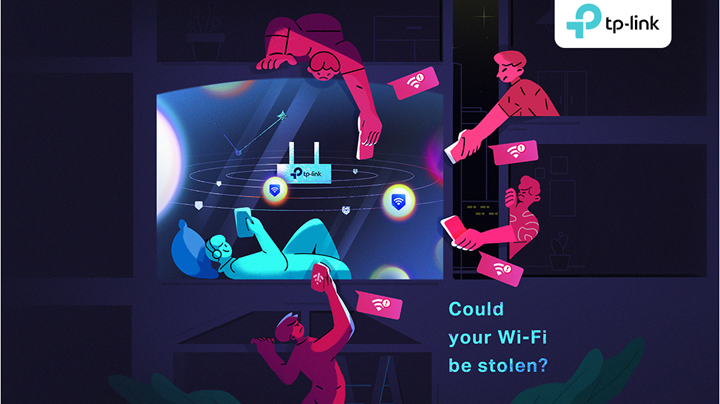What to Do If Someone Is Stealing Your WiFi?
What to Do If Someone Is Stealing Your WiFi?
As the saying goes, “Sharing is caring”. However, sharing your Wi-Fi networks is probably a bad idea that might expose personal networks to many speed issues and even potential vulnerability risks.
In this article, you can learn some tips to protect your home Wi-Fi quality and prevent people “squatting” on your bandwidth. Follow the advice here, and you’re almost certain to have a better internet experience.

Don’t leave Wi-Fi networks open
Opening your Wi-Fi networks compromises your online experience in more ways than you might imagine.
For starters, every device that connects to your Wi-Fi networks actually adds to the total bandwidth load. The more devices in a wireless network, the slower the transfer speeds will be. That is the main reason why public networks typically offer slow connections—each device only gets limited bandwidth.
Moreover, the person who joins your networks is able to access your local server or computer files. In this way, your personal information, photos, and videos may be leaked.
Hide Wi-Fi name (SSID)
Note: Please note that hiding SSID is not a perfect solution because it only hides your Wi-Fi from the average Joe. Always make sure to keep a strong Wi-Fi password and enable Wi-Fi encryption (e.g. WPA2).
A Wi-Fi router, by default, keeps broadcasting its wireless network name to inform nearby devices that there’s Wi-Fi available. For devices, they need to know the destination before sending a connection request. By hiding your Wi-Fi network’s name, devices can’t target it. If you don’t want others to find out about your Wi-Fi, you can check out our article on How to hide the network name (SSID) of a TP-Link router.
Don’t keep the default passwords (both Wi-Fi password and router password)
The default Wi-Fi password is friendly at first. It’s designed to be simple and easy to type so as to ease the initial setup process so that you can finish the configuration quickly. However, that also makes it easy to guess. Invaders can crack such passwords in seconds. Even normal people can do that since the default password is generally easy to find online.
Besides, it’s also necessary to set a high strength password for accessing the router’s settings. If not, once someone succeeds in connecting to your router, they may take control of your network.
Note: If you have encountered the above situation, reset your router and reconfigure it immediately.
Configure Access Control
Access Control is a feature designed to block or allow a specific device network access by creating a Blacklist and/or Whitelist. If you detect an unwelcome Wi-Fi device, add it to the Blacklist. The router will automatically refuse the connection request from the device even if it using the correct password.
To find out more about Access Control, read our article on How to configure Access Control on Wi-Fi Routers.
Create a separate Wi-Fi connection for your guests
Of course, there are times that you might want to provide Wi-Fi to others. If you still worry about your network security, a good solution is to create a separate wireless network for your visitors. A guest network isolates your main network and protects personal files and information. Separate networks also improve network security because malicious or fraudulent risks can not be wantonly spread.
Enjoy Better Wi-Fi
If you’ve been having unexplained network slowdown, hopefully, it’s due to something simple like too many devices on your network. It’s an easy problem to solve if you follow the suggestions we’ve made. All you have to do now is enjoy your Wi-Fi.





